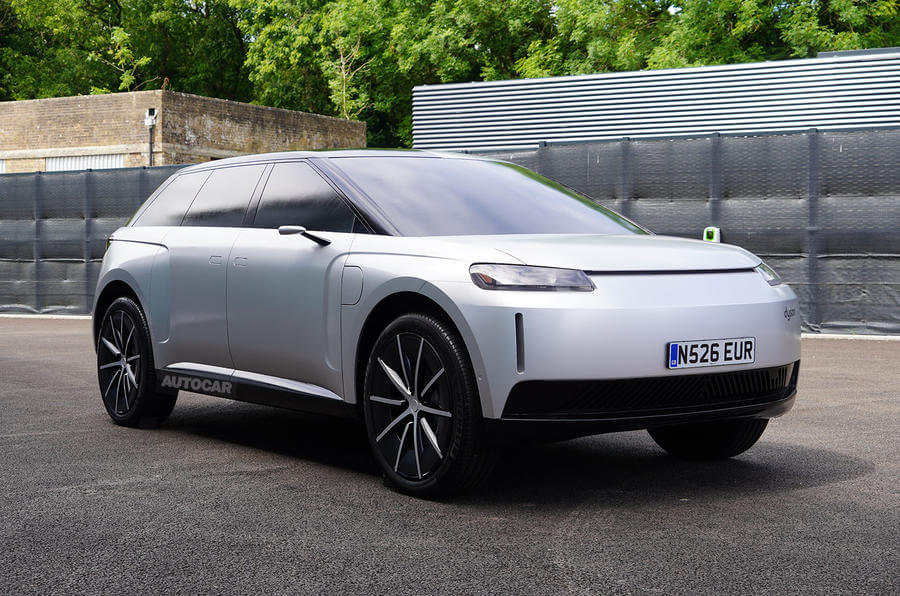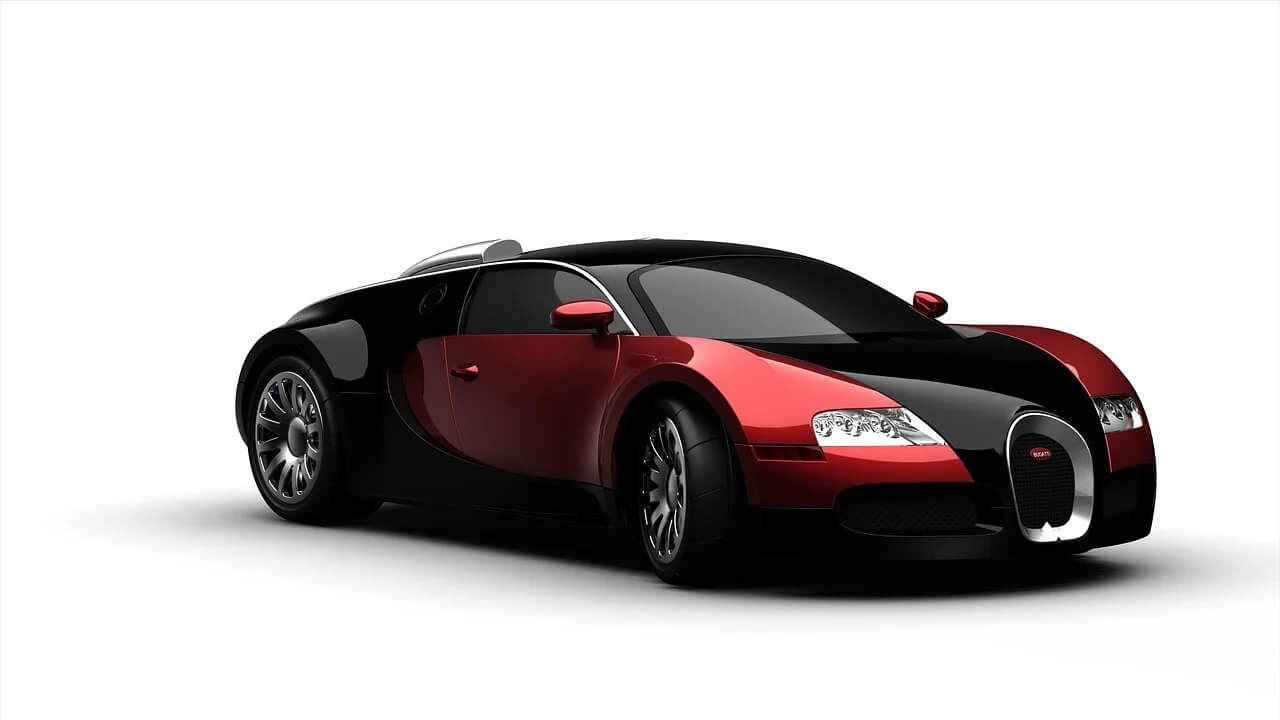Witshire (England): It is only now, Dyson unveiled the reason for cancelling their dream electric car project last year. James Dyson, the founder of Dyson Ltd, had called this electric car ‘fantastic’, now says that the project was economically non viable.
Car overview
This car was Dyson’s £2.5 billion project. The car – which was designed to have had seven-seats, been five meters in length, and drive on 24-inch wheels – would have been able to get a range of 600 miles from its 150kWh lithium ion underfloor battery pack. Dyson also projected the car’s bigger wheels as they would deliver sufficient ground clearance and provides the space needed for a second row of seating to appeal to the Chinese market. Command driving is a much demanded car mode in China.
Design
Dyson added that the key benefit was that the design offered space and command driving without a large area at the front compared to other sport utility vehicles. That large frontal area would also have given the car more aerodynamic drag. Dyson supported the large wheels but at the same time, he did not want to make it awkward among the competitors. “They just look great,” he says. “We kept viewing our car against others – and I own a Range Rover so I’m not just being bitchy – and after a while, the others’ wheels looked almost stupidly small. We concluded that we had a real advantage.”

Other notable design elements include a radical front screen rake, a low roof compared to other cars, as well as luxuries such as frameless side glass and coach rear doors to justify a premium price. Dyson also paid particular attention to the car seats as the chief executive “hates what car seats have become, a kind of pastiche of the 1930s armchair. Our seats are the antithesis of that. We tried to express in visual terms the ergonomic qualities a good car seat should have, especially effective lumbar support.”
Why is it cancelled?
The development of the car manufacture proceeded fine such that its drivable prototype was ready, although infrequently. “Driving it was fun,” Dyson says, “though we didn’t go very far or fast. But most of the time, we drive cars slowly, don’t we? I had a good impression of how easy it’d be to drive our car in a traffic jam. And it was good to see it outside the studio and know we had chosen the right concept.” Ultimately, however, the car was deemed too expensive to be produced, with Dyson saying that it would have needed to cost around £150,000 for the company to break even. A Tesla Model X, for comparison, costs approximately £86,000. Dyson car is almost double costlier than Tesla! Dyson believes that if the company had managed to reduce costs, the car would have worked in the long run.
“I believe several years down the line, if we could have got costs down, we would have been competitive. But getting there was the problem” he told the reporters later. “The battery costs were one thing, but other costs were high, too. When you start something, suppliers charge you more. But in the long run, we could probably have had a good business.”
Since Dyson abandoned this project, his intention is to keep it in the museum with other properties. The company is not done in the transportation market, with Dyson saying this is not “an end to Dyson’s interest in mobility”, but that the company will only enter new markets if it is “convinced” it has a good idea.




![The Top & Most Popular Seafood Bucket Restaurants in Dubai for you [Never Miss]](https://uae24x7.com/wp-content/uploads/2020/09/8-seafood-in-a-bucket-scaled-e1600739237403.jpg)
![Procedures for Renewing the Driving License in Abu Dhabi [3 Simple Steps]](https://uae24x7.com/wp-content/uploads/2020/07/Capture-9-e1595666454466.jpg)





